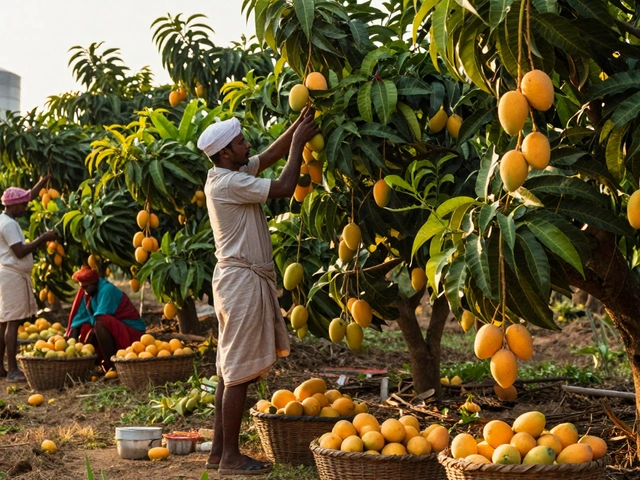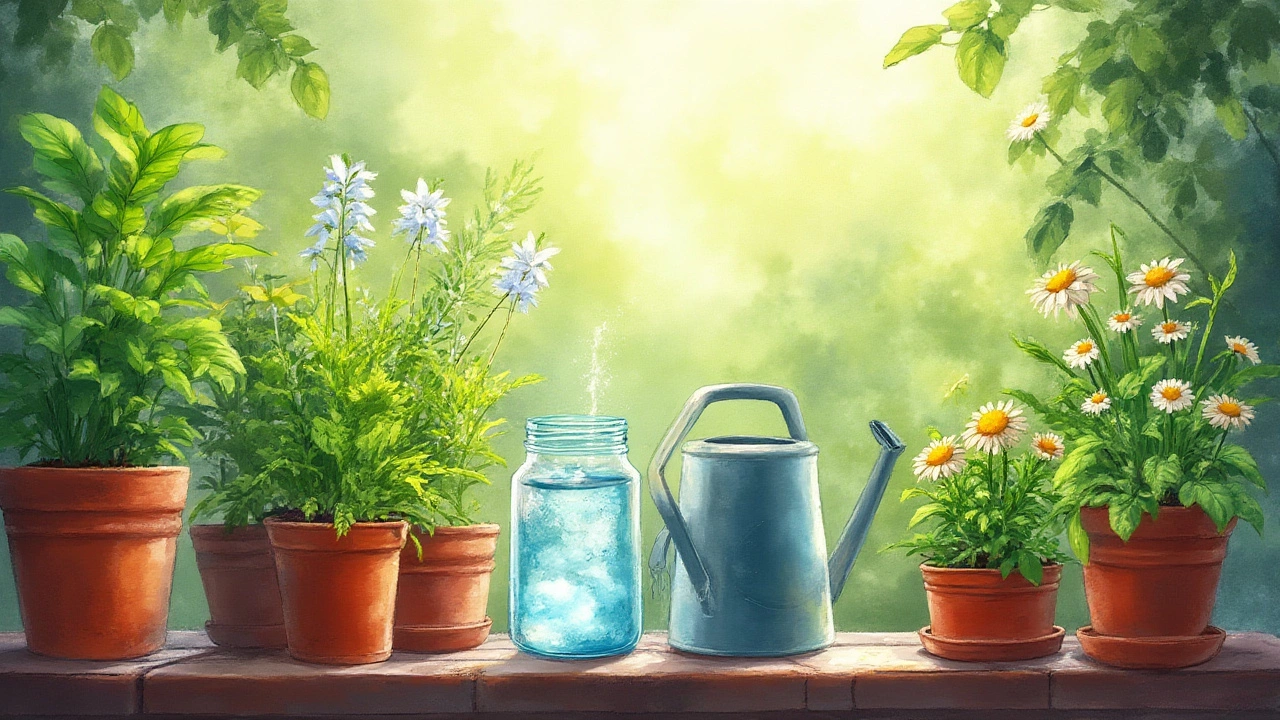Chlorine in Tap Water: What Every Gardener Needs to Know
If you draw water straight from the tap to water your garden, chances are it contains chlorine. That little gas keeps our drinking water safe, but it can stress seedlings, damage beneficial microbes, and even burn delicate leaves. Knowing what chlorine does to plants and how to get it out of your water can save you a lot of hassle and keep your garden thriving.
How Chlorine Affects Your Garden
Chlorine is a strong oxidizer. When it reaches the root zone, it can strip away the protective slime that roots produce, making it harder for plants to absorb water and nutrients. Young seedlings are the most vulnerable; they may show yellowing tips, stunted growth, or wilt despite regular watering. Soil microbes that break down organic matter also take a hit, which means slower nutrient release and weaker soil health overall.
In tropical and subtropical parts of India, the problem shows up especially during the hot months when water treatment plants increase chlorine dosage to prevent bacterial growth. If you’ve ever noticed that your indoor houseplants look “off” after a rainy season, chlorine could be the hidden culprit.
Easy Ways to Remove Chlorine from Tap Water
Good news: getting chlorine out of your watering water is simple and cheap. Here are the top methods that work for most home gardeners.
1. Let it sit: Chlorine is volatile, so filling a bucket and leaving it uncovered for 24‑48 hours will let most of it evaporate. Stir the water occasionally to speed up the process.
2. Use a charcoal filter: A basic activated‑carbon pitcher filter removes both chlorine and its nasty by‑product, chloramine, which is harder to evaporate. Change the cartridge as per the manufacturer’s schedule.
3. Add a pinch of vitamin C: Ascorbic acid neutralizes chlorine instantly. Dissolve a quarter‑teaspoon of crushed vitamin C tablet in a gallon of water—your plants won’t even notice the difference.
4. Use a dechlorinating agent: Garden stores sell liquid dechlorinators designed for hydroponics. Follow the label; a few drops per 10 liters is usually enough.
5. Rainwater harvesting: Collecting rain is a natural way to get chlorine‑free water. Even a small barrel can supply enough for a balcony garden.
Pick the method that fits your routine. If you water daily, letting water sit in a bucket is easiest. For larger plots, a charcoal filter or dechlorinator saves time.
Remember to test your water after treatment. A simple test strip can show residual chlorine levels—aim for less than 0.5 mg/L for most garden plants.
By keeping chlorine out of your watering routine, you protect root health, boost soil microbes, and give every leaf a better chance to shine. Your garden will thank you with stronger growth, richer foliage, and more beautiful blooms.
How Long to Let Tap Water Sit Before Watering Plants for Healthy Growth
Not sure if you need to let tap water sit before watering your plants? Here's how timing and water quality affect plant health, plus practical tips.
About
Indoor Plant Care
Latest Posts
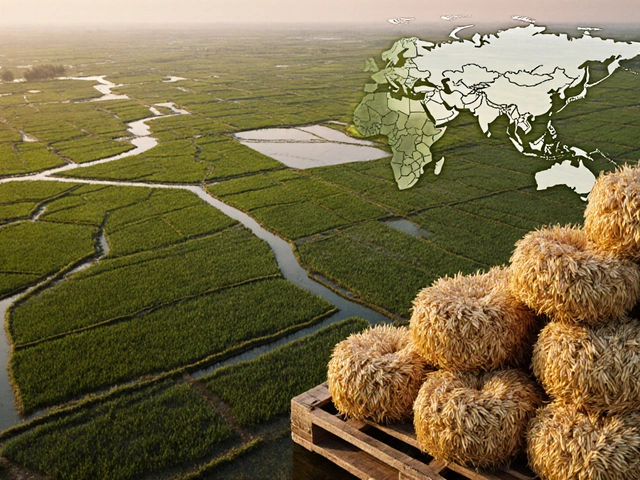
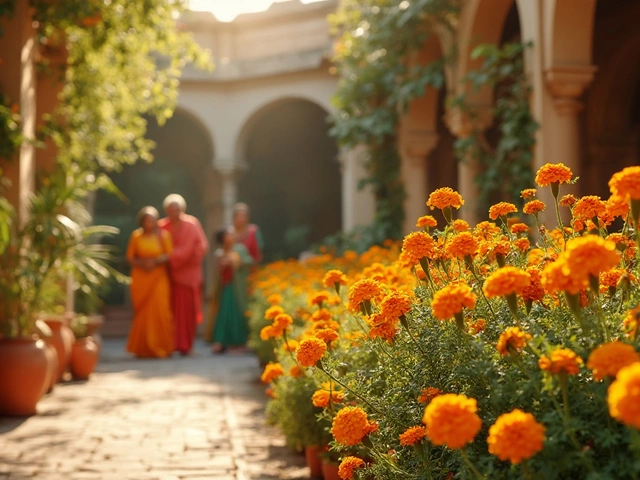
Most Popular Flower in India: Why the Marigold Reigns Supreme
By Alden Thorne May 27, 2025
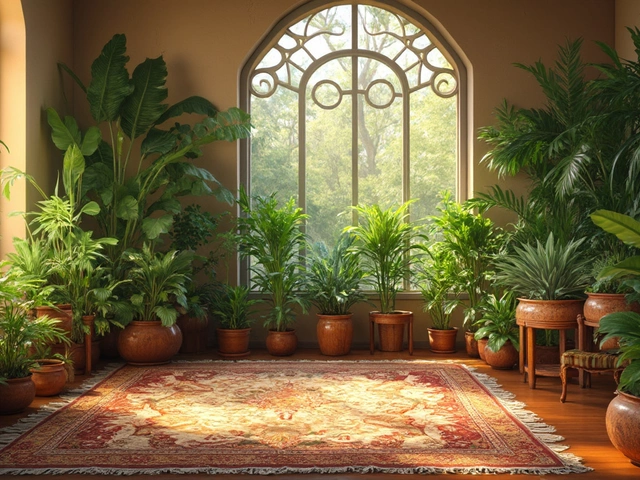
Should I Mist My Happy Plant? Unpacking the Benefits and Myths
By Alden Thorne Apr 4, 2025
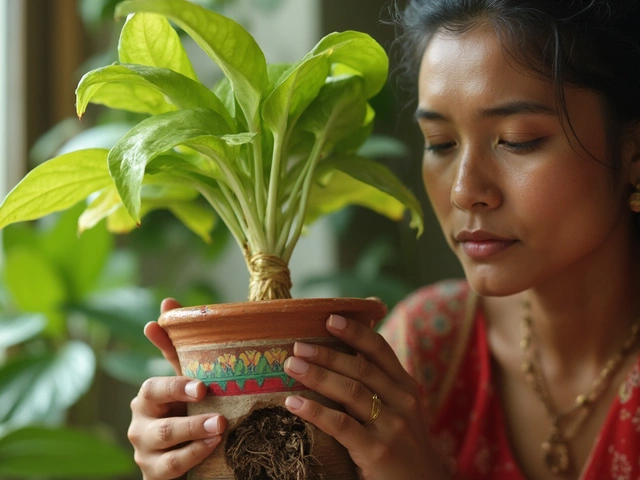
Does Hydrogen Peroxide Help Root Rot? The Real Story for Indoor Plants
By Alden Thorne May 2, 2025
